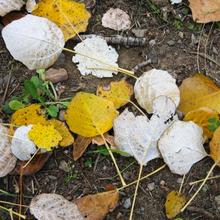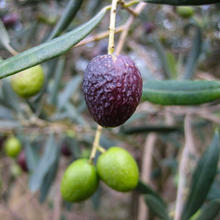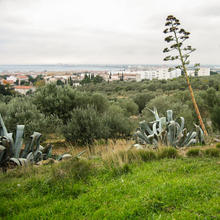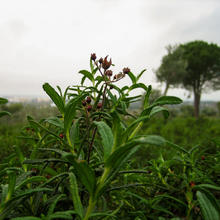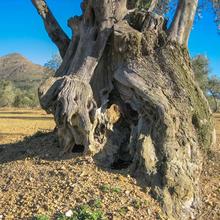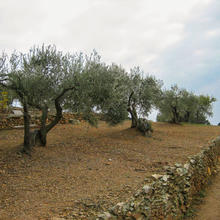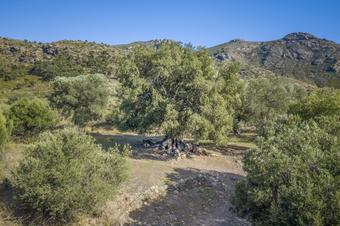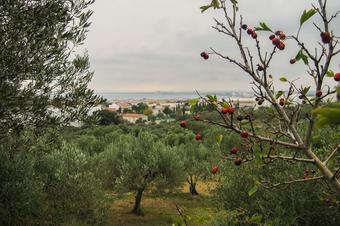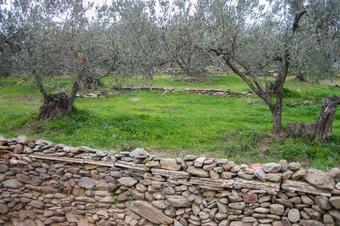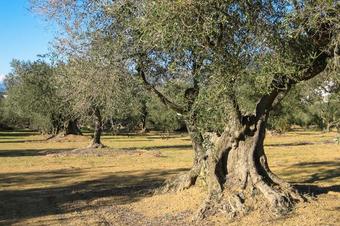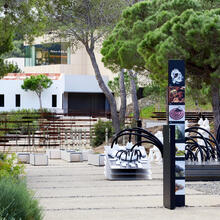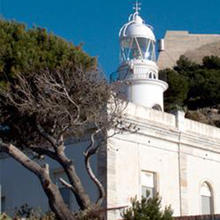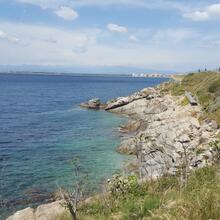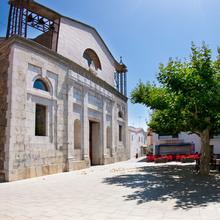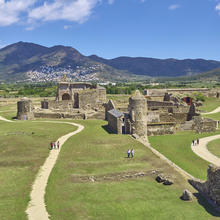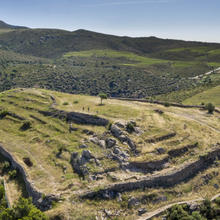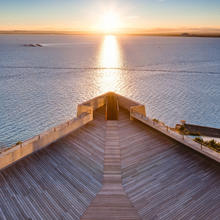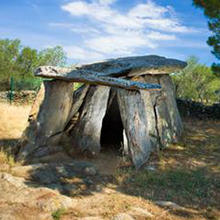Introduction
An ancestral crop.
We will take a walk in the around Roses. We will skirt the Mas Oliva neighbourhood following the Riera dels Ginjolers in the Alzeda Valley. We will gently climb a sunny slope, from where we will be able to admire the ancient cultivation of olive trees with views of the bay in the background.
We recommend the Local Natura App to do this route. Download it for free here:
Apple store Google Play
-
TypologyAnti-clockwise circular
-
DifficultyFor families
-
Duration1 hour 30 minutes
-
Slope80.00 meters
-
Distance3.70 km
-
ThemeFlora and faunaEnvironmentLandscaping
-
ActivityBy footBy bike
-
Rating
Slope graph

Description
An ancestral crop.
The route begins at the entrance of the Mas Oliva development. The first section continues along the Riera dels Ginjolers in parallel to Calle Oslo. Following the stream, we can see reed beds beneath the shade of silver poplars (Populus alba) and black poplars (Populus nigra). Behind these are cork oaks (Quercus suber) together with chaste trees (Vitex agnus-castus), buckthorn (Rhamnus alaternus) and hawthorn (Crataegus monogyna).
Once past the buildings, we continue along a track and we will see the first twisted trunks of the centuries-old olive trees that have been cultivated in our country for more than two millennia. The route climbs slightly, giving views of the town of Roses and the whole bay: in the foreground, a grey-green sea of ??olive trees and, in the background, the silver of the Mediterranean. We will follow a footpath accompanied by pyrophytic plants, species favoured by fires: rock roses (Cistus monspeliensis), white heath (Erica arborea), Mastic tree (Pistacia lentiscus), Christ’s thorn (Paliurus spina-christi ), coexist with American plants such as the American aloe (Agave americana) and the Indian fig (opuntia ficus-indica). During the day, these paths are busy with people and pets, but at night, it is foxes, wild boars, stone martens, badgers and other mammals that slink along the route. Birds such as lesser whitethroats and bluetits live here all year long and amongst the scrub, it is quite common to see a flock of partridge.
We turn back to descend gently down a track that passes through fields of neatly worked olive trees. Hidden among the dry stone banks are all kinds of invertebrates and small rodents such as mice and shrews. In this environment, the kestrels during the day and the owls at night have a veritable pantry. These olive trees of the argudell and verdal varieties, perfectly aligned and banked up around the roots, provide an oil of extraordinary quality.
Tips
ROUTE
- The route is fairly easy and with very few hills.
- Most of the route is on tracks.
WATER
- Take water with you as there are no sources of drinking water.
PRECAUTIONS
- For the section that follows the river, in periods of heavy rain you will have to take the street which runs in parallel.
- Respect crops and private property.
WEATHER
- In summer, avoid the hours when the sun is at its hottest, Use sunscreen.
- In winter, on days when the Tramuntana wind is blowing, you must wear appropriate clothing.
TERRAIN
- Comfortable shoes
EQUIPMENT
- Sunglasses, binoculars, camera.
OTHER NOTES
- Along nearly the whole of the route, you will see signs and red arrow marks that you do not have to follow.



